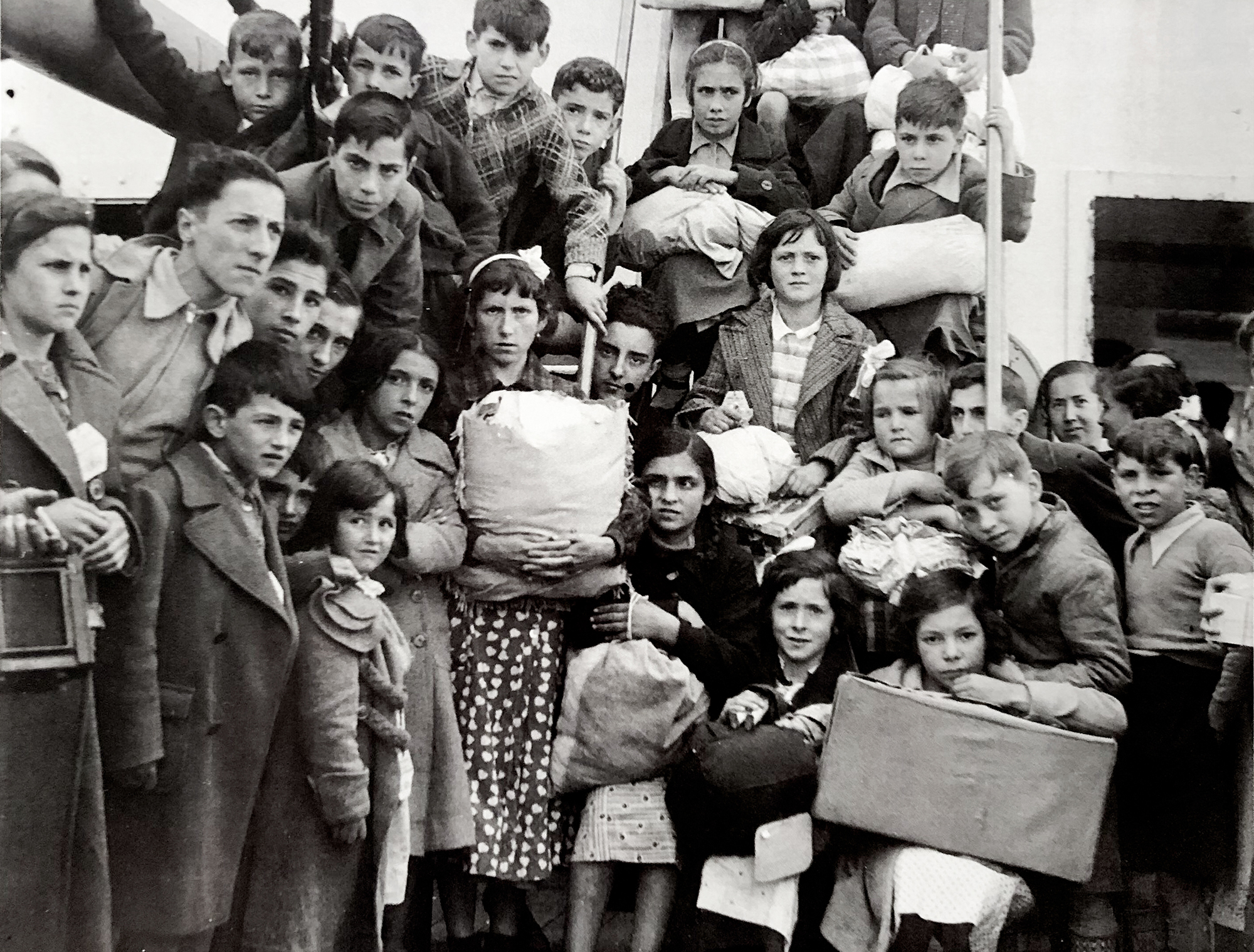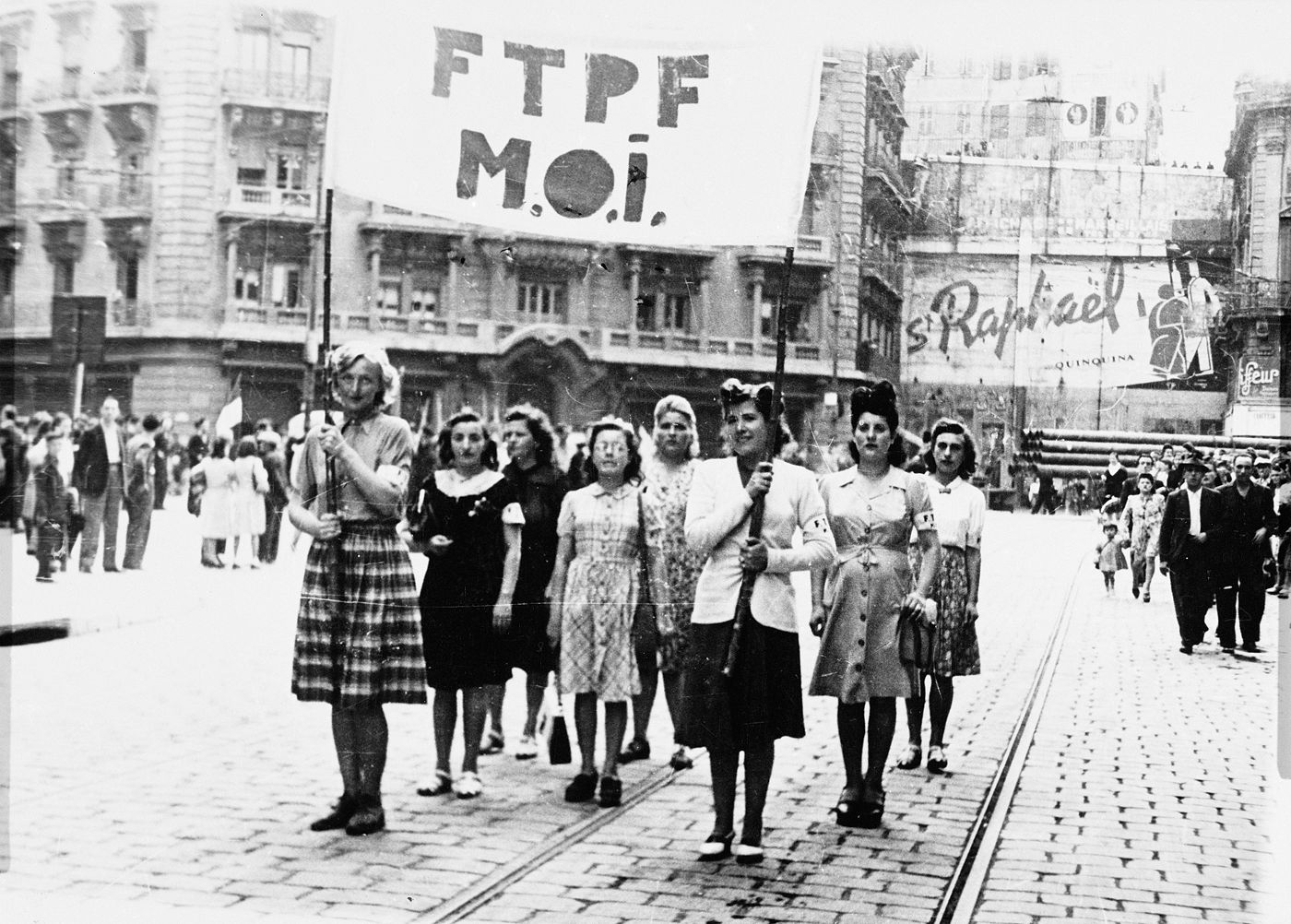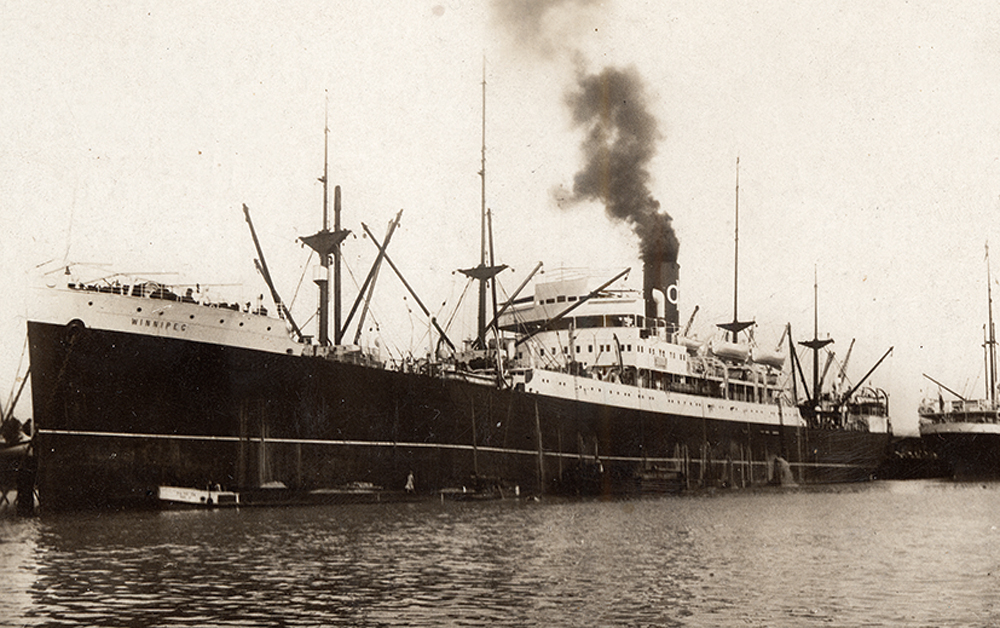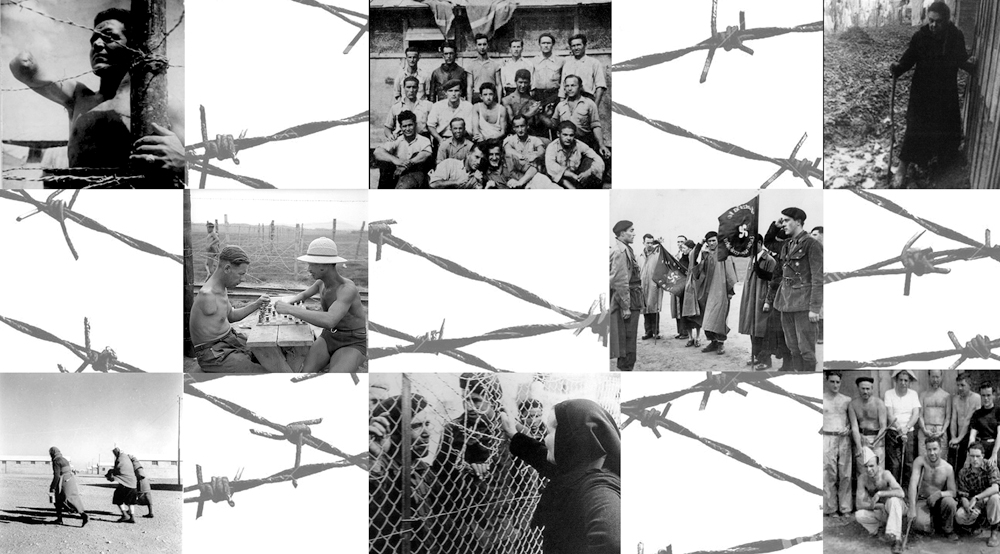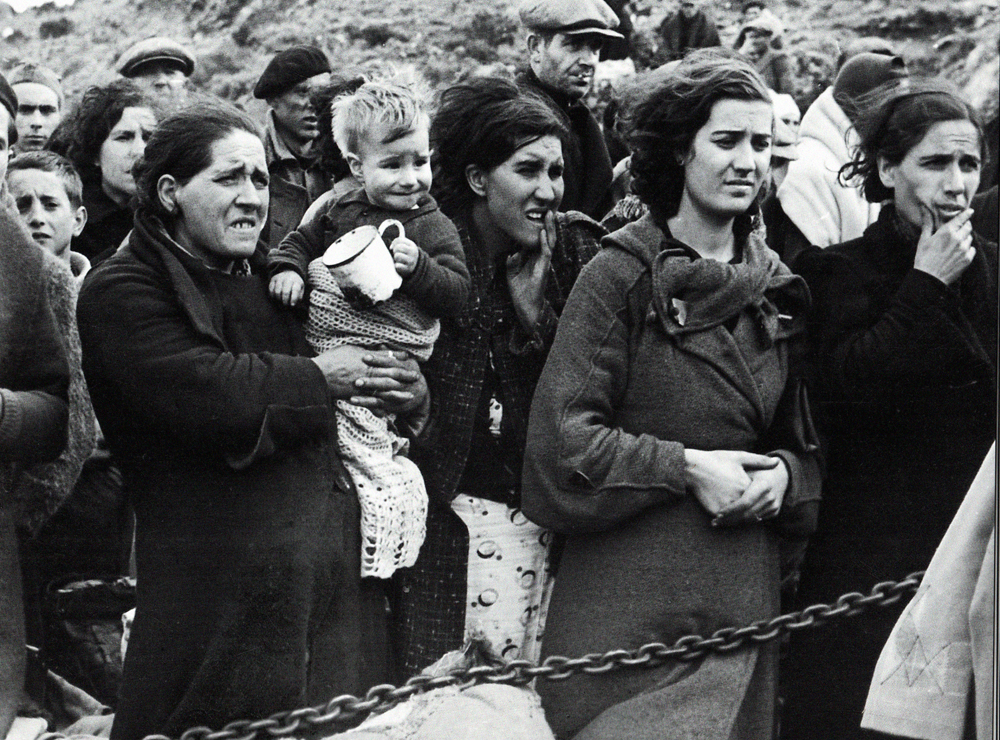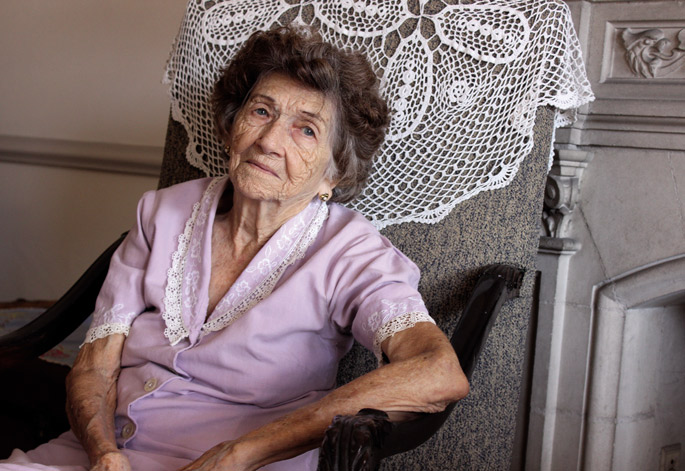They publish the census of 1,200 Navarros that had to be exiled in 1936-1939
- The Navarro Institute of Memory has published the census of the exiled Navarros during the 1936-1939 war. It is a list that brings together over 1,200 people and has been collected by historian Josu Chueca. Within the framework of the Exile Project, a report has been prepared to analyse the controls implemented at the borders since 1936.

The Navarro Institute of Memory has published the first version of the census of Navarros, born or residing in Navarre, who had to be exiled after the 1936 military coup. The census was composed of History professor Josu Chueca (here he has written his articles in ARGIA). Today it receives more than 1,200 names and, as the project promoters have pointed out, "this is an opportunity to delve into the quantitative and qualitative aspect of exile and to learn more about a topic that has been a little marginalized in the movement of historical memory".
Ongoing research work
According to the first version of the census, the research paper will outline the profile of the exiles, and all these data will be made public later: the labor situation of the Republican era and was registered in political parties or unions, the age of 1939, the year in which they were exiled and in which it was possible to demonstrate in which territory they lived in exile.
Border controls in 1936
In the work of exiles, Gutmaro Gómez Bravo, director of the War and Francoist Researchers Group, has also produced a report. There he has collected the networks and routes that were created at the borders of Navarre, especially from the post-war period until the 1950s. To this end, it has analyzed mainly military sources, such as documents from the Military Archive of Ávila declassified in 2018, the Cross-border Information Units and the internal information bulletins, among others.
1936ko Gerran milaka haurrek Euskal Herria utzi behar izan zuten faxisten bonbetatik ihes egiteko. Frantzia, Katalunia, Belgika, Erresuma Batua, Sobietar Batasuna eta Amerikako herrialdeetara joandako horien historia jasotzeko zeregin erraldoiari ekin dio Intxorta 1937... [+]
Eta eskuzabal hartu gintuzten hainbat lekutan, adibidez Mexikon eta Britainia Handian (britainiarren kasuan herritarrek, ez ordea gobernuak). 1936ko Gerrak milaka euskaldun behartu zituen erbestera.
Behin edo behin, mezu kriptikoa postontzian: “Emakume bat dago hemengo Asociación Vasco-Navarra de Beneficencia-n, familiako historia interesgarria duena: Concepción Mañaricúa Lezamiz (Durango, 1921), gerrako exiliatua, ja nahiko zaharra”... [+]








